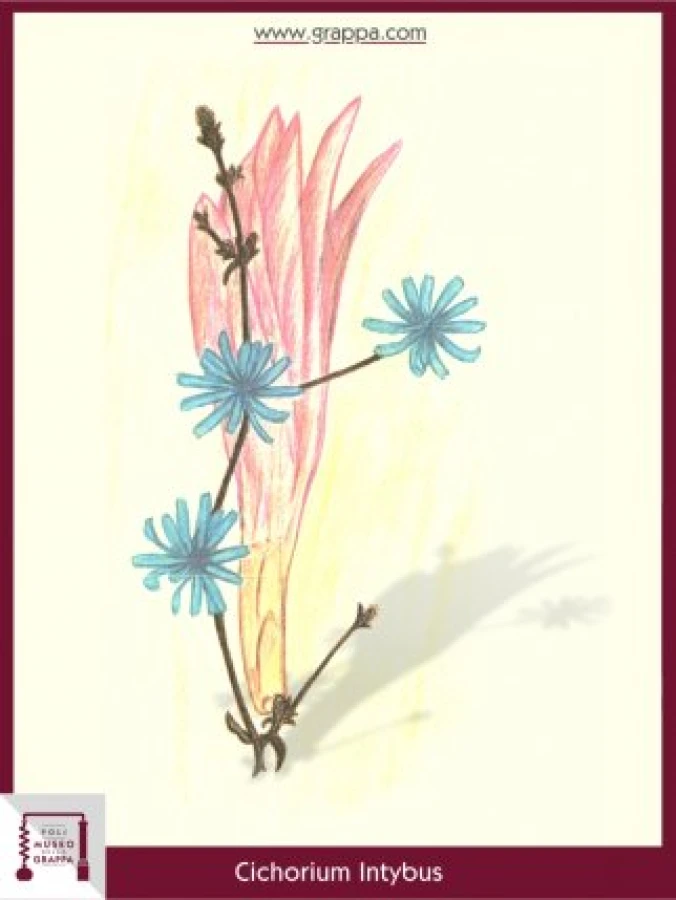Red Radicchio
Common Chicory
Red Radicchio
Plant:
Common Chicory
Plant Part:
shoot
Plant Properties:
digestive, diuretic, stimulates gastric juice production, purifying, stomachic expectorant, tonic, eupeptic, laxative, bitter, bittering, antibacterial, antioxidant, antithyroid agent, antiulcerant, liver, hypoglycaemic
Description:
Native to the Mediterranean, the Chicory was regarded as an ancient medicinal plant since ancient times, confirmed by the testimony of Galen, who quoted it as a medicine of the liver and useful to stomach disorders. Other authors explain at length the medicinal properties of this plant, referring more or less to what has been said by Galen. The chicory, however, is mainly known for its food use.
As a food it was in fact widely cultivated in all gardens, giving rise to a number of edible vegetable varieties with ever better organoleptic characteristics. Currently the many varieties of chicory are a mass-market product in horticultural markets under the name of "endive", "radicchio", "salad" and so on. The „Radicchio Rosso of Treviso" is nothing but a variety of Cichorium intybus L. obtained after careful selection, wise intersections and ecological adaptations made by man.
Ingredients:
- 3 shoots of Radicchio Rosso with a part of the root
- 1 liter of Grappa
Preparation:
The recipe for the preparation is the following: You put in a litre Grappa some shoots of Radicchio Rosso with a part of the root, which will be exposed to the sun for three months, then filtered and then left to age for other three months.


